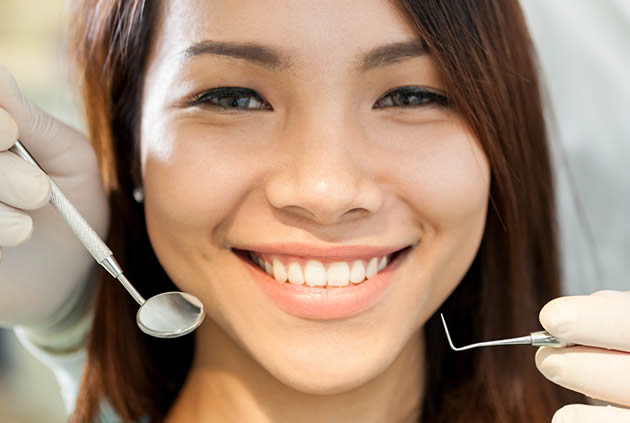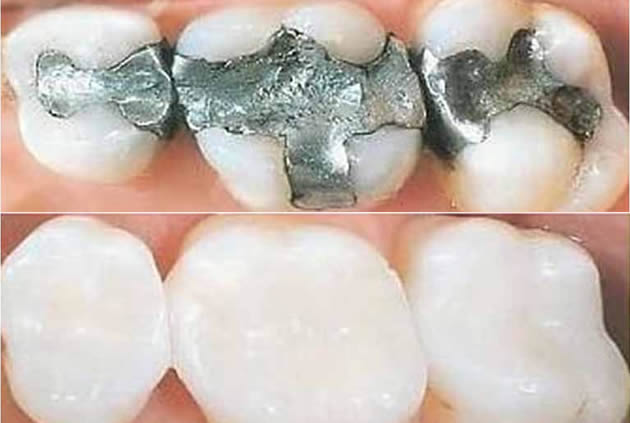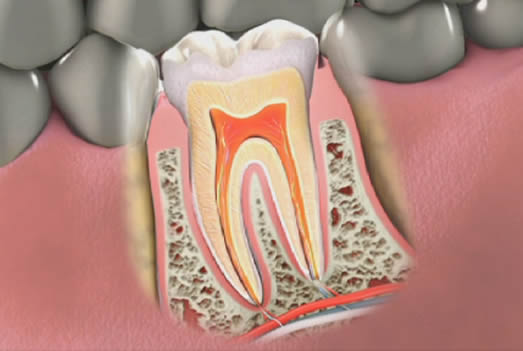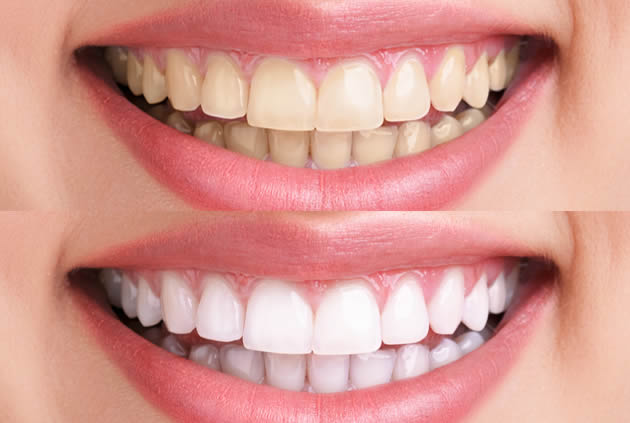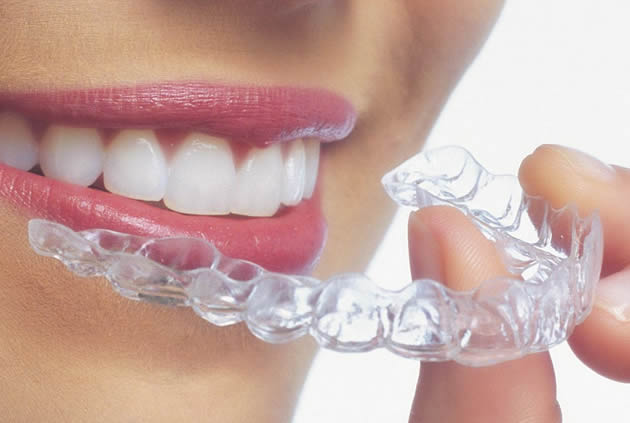For many people, having straight teeth is a goal they hope to achieve.
For many people, having straight teeth is a goal they hope to achieve. Not only do straight teeth improve one’s appearance, but they also contribute to better oral health.
Orthodontic treatment is the process of aligning teeth using various orthodontic devices such as braces or Invisalign. While orthodontic treatment can be costly and time-consuming, the benefits of having straighter teeth are worth the effort.
Invisalign and Braces
Braces consist of metal brackets affixed to each tooth that are connected by wires. They exert pressure on the teeth to move them into proper alignment gradually. On the other hand, Invisalign consists of clear plastic aligners worn over your teeth that gradually push them into position over time.
While both Invisalign and braces are effective in straightening teeth, they have significant differences that make one a better option for certain individuals. Factors such as cost, personal preference, severity of malocclusion, compliance with treatment plan should all be considered when choosing between these two treatments for straightening your smile.
Choosing between braces or Invisalign will depend upon various factors like personal preference regarding appearance & maintenance requirements; severity level related to orthodontic issues being addressed; cost considerations; convenience factor with either option etc. Ultimately it’s the orthodontist that will determine which treatment plan is best suited to meet your needs based on various factors specific to you.
Invisalign: A Clear Alternative
Invisalign Treatment Process
Invisalign is an orthodontic treatment that uses a series of clear, removable aligners to straighten teeth. The process begins with a consultation with an orthodontist who will evaluate the patient’s teeth and determine if Invisalign is a viable option.
If so, digital images and impressions of the patient’s teeth are taken to create a 3D model which will serve as the basis for designing the custom aligners. Once the aligners are ready, they are worn for approximately two weeks before being replaced by a new set.
This process continues until the desired tooth movement is achieved. The length of treatment varies depending on individual cases.
Advantages of Invisalign
Invisible Appearance
One of the most significant advantages of Invisalign is its nearly invisible appearance. The clear plastic aligners blend with the natural color of teeth, making them an excellent choice for those who want to straighten their teeth without attracting attention.
Removable Aligners
Another advantage is that Invisalign aligners are removable. This feature allows patients to eat, brush, and floss as usual without hindrance from wires or brackets. It also makes it easier to clean aligners and maintain good oral hygiene.
No Food Restrictions
Unlike traditional braces which require careful consideration when it comes to food choices, there are no restrictions on what you can eat while undergoing Invisalign treatment since they can be removed during meals.
Disadvantages of Invisalign
Limited Effectiveness for Complex Cases
While effective for many mild to moderate cases, complex orthodontic issues such as severe overcrowding or bite problems may require traditional braces for the best results. Orthodontists will evaluate each patient’s unique needs to determine if Invisalign is a suitable option.
Requires Discipline to Wear Aligners Consistently
Invisalign aligners must be worn for at least 22 hours per day, which requires discipline and dedication. Patients must be committed to wearing the aligners as prescribed to ensure the treatment progresses correctly and achieves the desired results within an optimal timeframe. Failure to do so may prolong treatment or result in unsatisfactory outcomes.
Braces
Braces treatment process
Braces are a popular orthodontic option that involves attaching brackets to the teeth and connecting them with archwires. Over time, the wires are adjusted to move the teeth into the proper position. The process typically takes anywhere from one to three years, depending on the complexity of the case.
Advantages of Braces:
Effective for complex cases
While Invisalign is effective for many mild to moderate cases, braces are often a better option for more complex orthodontic issues. For example, severely crooked teeth or significant bite problems may require the use of traditional braces. Braces also allow for greater control over tooth movement and can address more severe overcrowding than Invisalign.
Can be less expensive than Invisalign
One significant advantage of traditional braces is their lower cost compared to Invisalign. The average cost of braces ranges from $3,000-$7,000 while Invisalign can cost $4,000-$8,000 or more. This makes braces a more accessible option for many individuals and families.
Disadvantages of Braces:
Food restrictions
One major disadvantage of traditional braces is that patients must avoid certain foods that can damage or dislodge brackets and wires. Sticky candies like taffy and bubblegum should be avoided as well as hard foods like popcorn kernels and ice cubes because they can bend wires or break brackets.
Disadvantages of Braces: Visible appearance
Another disadvantage is their visible appearance. While some patients embrace their new look with stylish rubber band colors or designs on their brackets others may feel self-conscious about having metal in their mouth during treatment especially adults in professional settings making this treatment less desirable for them.
Comparison between Invisalign and Braces
When it comes to choosing between Invisalign and braces, there are some important factors to consider. The comparison can be made in terms of cost, effectiveness, and convenience.
Cost comparison between the two treatments
One of the biggest factors that people consider when deciding between Invisalign and braces is the cost. Generally speaking, Invisalign is more expensive than traditional braces.
This is because Invisalign requires custom-made aligners that are designed specifically for each patient. Additionally, since Invisalign is a newer technology than traditional braces, it comes with a higher price tag.
However, it’s worth noting that many dental insurance plans will cover both types of treatment up to a certain amount. Patients should consult their insurance provider to see what their policy covers.
Effectiveness comparison based on the complexity of the case
When it comes to effectiveness in treating orthodontic issues, both Invisalign and braces can be highly effective tools depending on the complexity of each individual case. In general, traditional braces tend to be more effective for complex cases such as severe overcrowding or significant bite issues.
Braces use wires and brackets that apply constant pressure on teeth which allows for more precise control over tooth movement. On the other hand, if your orthodontic issues are less complex or bite-related (such as minor spacing or crowding), then clear aligners like Invisalign may be an excellent choice.
Convenience comparison based on maintenance requirements
Maintenance requirements are another factor to consider when comparing Invisalign and braces. Both treatments require regular visits with an orthodontist for adjustments but there are some notable differences in convenience: With traditional metal braces food restrictions need to be adhered too since certain foods can damage brackets or get stuck in wires which can prolong the treatment process.
In contrast, Invisalign allows for removal of aligners before eating, so there are no food restrictions with Invisalign. Another advantage of Invisalign is that it doesn’t require as much maintenance as metal braces.
Patients wearing braces need to brush and floss around the brackets which can be difficult to reach and clean. On the other hand, Invisalign aligners can be easily removed and cleaned with a toothbrush and cleaning solution.
Overall, when deciding between Invisalign versus braces, you should think about your specific situation and preferences. Factors such as cost, effectiveness, convenience, and aesthetics should all be weighed to make an informed decision about which treatment option is best for you.
Choosing between Invisalign and braces
Choosing requires careful consideration of individual factors such as the complexity of the case, personal preferences, and lifestyle. Invisalign provides a discreet alternative with removable aligners that allow for more flexibility in terms of eating and oral hygiene.
On the other hand, braces are more effective for complex cases requiring significant corrections and are generally less expensive. It is essential to consult with an orthodontist to determine which treatment option is best suited for your specific dental needs.
Researching patient reviews and studying before-and-after photos can also provide valuable insights into each option’s effectiveness in achieving desired results. Ultimately, both Invisalign and braces can provide excellent results in straightening teeth and improving oral health.
The final decision should be based on an individual’s unique circumstances, lifestyle, and budget. With ongoing advancements in orthodontic technology, patients have access to a range of options that can help them achieve their ideal smile.
Take the first step towards optimal oral hygiene. Reserve your dental appointment at our Baltimore dental office now and experience personalized care.







